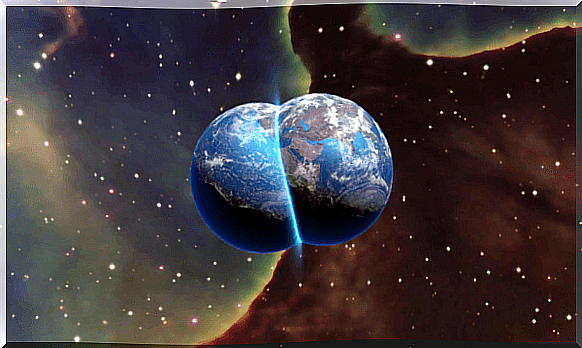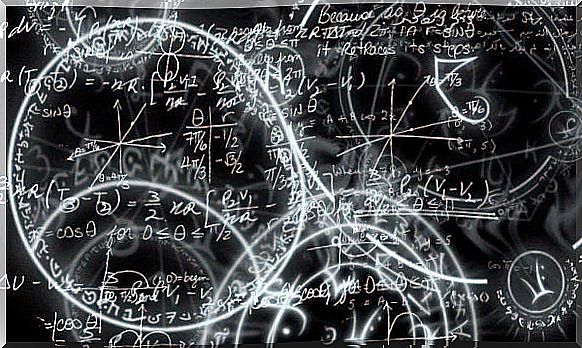3 Interesting Assumptions About The Theory Of Parallel Universes

Almost everyone has heard of the impressive hypothesis that there could be parallel universes. Although the idea actually belongs to the field of physics, its conceptions and implications are so widespread that they intersect with almost all other research areas.
Indeed, discussion of this parallel universe theory may even raise questions about the meaning of life. This is simply because this hypothesis challenges our basic assumptions about life and death.
“Our findings show that God was quite a gambler and that the universe is like a casino with dice being thrown and roulette wheels spinning.”
Steven Hawking
The parallel universes hypothesis is a unique combination of relativity and quantum physics. Basically, the theory suggests that there is not just one universe, but several universes that coexist in the same space and time. There are some interesting assumptions about this. Let’s take a look at three of them.
1. Everyone has an infinite number of lives
According to the theory of parallel universes, the existence of every human being can develop in an infinite number of ways. Like a “Choose Your Own Adventure” story. If someone is at an intersection and turns right, they will have experiences. However, should he turn left, it would mean a completely different set of experiences. Every decision creates a new universe.
According to this assumption, each of us lives an infinite number of simultaneous lives. The same person could be wealthy in one universe and a beggar in another. Or she could even die in some universes while staying alive in others.

Strangely enough, there is no such thing as death in the parallel universes theory. If someone dies in one universe, lives on in many others. If there are an infinite number of universes, then life is also infinite. This is perhaps one of the most troubling consequences of this “reality”.
2. Parallel universes are not detectable
Some physicists think that we cannot perceive parallel universes simply because of our limited senses. Humans only have five senses and cannot use any of them to discern any of the alternate universes. They allow us to interact in three dimensions. But according to the parallel universes theory, there are many other dimensions and therefore we are unable to recognize or comprehend them.
It has also been suggested that alternate universes could follow completely different physical laws. For example, gravity or electromagnetism could work differently. Therefore, our understanding of our world under these conditions in a parallel universe could be useless or irrelevant. As exciting as this assumption is, it is fundamentally impossible to recognize alternative or parallel universes.
3. Parallel universes never interact
As the name suggests, parallel universes exist in parallel to each other. Just like parallel lines, although they coexist permanently, they never touch. It is believed that a collision of parallel universes could cause something like the Big Bang, which would mean an immeasurably powerful explosion that in turn could create even more universes.
Several physicists worked together to develop the M-theory, which suggests that the universe exists in three-dimensional membranes called branes. To make this clear, imagine a movie theater. Although the viewer is in a three-dimensional world, the projected film appears as a two-dimensional reality. If the viewer could walk into the film, he would find himself in a three-dimensional reality, but the other viewers would continue to watch the film in two dimensions.

According to the M-theory, the universe is like this cinema, with a huge number of projections. Different films are shown at the same time, but completely independently of each other. Similarly, the concept of the multiverse corresponds to a group of coexisting but independent individual universes.
Of course, our text here is a very elementary and fundamental explanation of the theory of parallel universes. It is a very complex hypothesis that many people see as science fiction rather than reality. Yet many great contemporary physicists have spent years creating and researching the theory. Stephen Hawking also worked on the hypothesis. Unfortunately, this great scientist has now passed away. At least in this universe.









